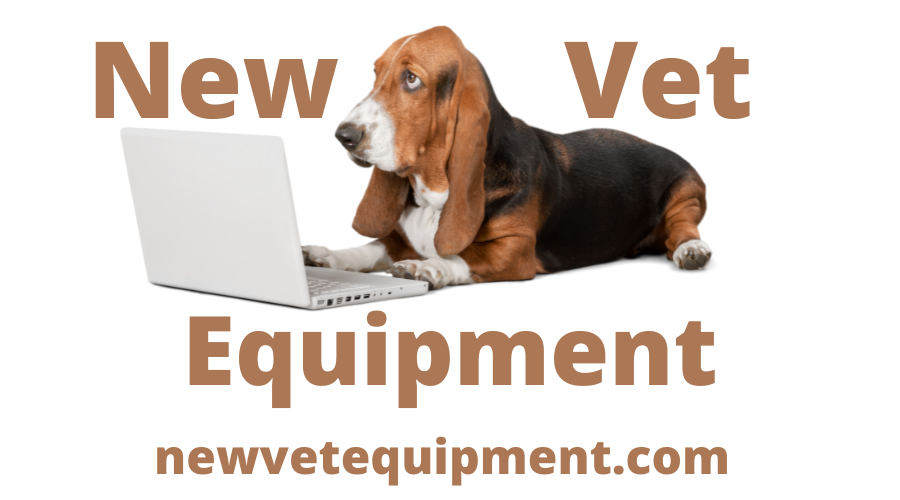Proving ROI: Making the Case for In-House Veterinary Imaging
Investing in new imaging equipment, whether it's a digital X-ray system, dental X-ray, or ultrasound, can feel like a big leap. The price tag is upfront and very real… but so is the return when the equipment is used effectively.
The challenge can be convincing everyone else on your team of their value.
The good news: in-house imaging is one of the easiest investments to justify when you know which metrics to measure.
Let’s break down the key numbers that actually matter and how to present them so your team understands and supports them.
1. Start With Imaging Volume
Most practices use imaging more often than they realize.
But because they’re outsourcing cases or relying on outdated equipment, they underestimate the number of opportunities available to them.
What to measure:
How many X-rays or ultrasounds do you currently perform each month
How many do you refer out
How many cases do you skip altogether because of logistics, client cost, or scheduling limitations
A practical example:
Let’s say a 3-doctor practice:
Takes ~70 in-house X-rays/month
Refers out 20+ imaging cases/month
Has an estimated 10–15 “missed opportunities” where imaging would have helped, but wasn’t pursued
That’s 100+ cases per month that a modern digital X-ray system or ultrasound system could capture.
If your average imaging fee is $150–$250, that’s:
$15,000–$25,000 per month in potential revenue.
Even if you estimate conservatively, you can quickly show that the equipment pays for itself—often in less than a year.
2. Case Conversion Rate: The Metric Nobody Talks About
You’ve probably seen this… when imaging is easy, fast, and available right now, more clients say “yes.”
When imaging requires a referral, a second trip, or more money upfront… fewer clients say yes.
What to measure:
Percent of recommended imaging that clients accept today
The percent you expect once imaging is same-day and in-house
Some practices that started offering same-day digital X-rays increased their acceptance rate from 43% to 78% in the first 3 months.
Why? When imaging is immediate, convenient, and clearly explained, clients see the value.
This means:
More complete diagnostics
More accurate treatment plans
More revenue per visit
Better medical outcomes—your team will care about this point as much as the financials.
Increasing your case conversion rate by even 15–20% can add thousands in monthly revenue without adding any new clients.
3. Referral Retention
Referrals aren’t bad by any means; you often need specialists.
But referring out basic imaging is one of the biggest hidden drains on revenue.
What to measure:
How many imaging referrals do you send out monthly
Average cost clients pay externally
Percent of referred clients who don’t return for follow-up care
Missed procedure revenue because the patient went to another hospital
If you refer out 20–30 ultrasounds per month at ~$300 each, that’s $6,000–$9,000 monthly handed to another practice.
Keeping even half those cases in-house often justifies the cost of a mid-range ultrasound system or DR panel on its own.
4. Cost Avoidance
Sometimes, it’s not about the revenue you gain but the expenses you stop paying.
What to measure:
Outsourcing fees (radiographs, dental films, ultrasounds)
Additional sedation or handling charges caused by slow equipment
Time cost from workflow delays
The cost of retakes with outdated systems
A practice relying on outdated or low-resolution ultrasound equipment might:
Spend 15–20 extra minutes per scan due to slow boot-up times, poor image acquisition, or difficult navigation
Require additional restraint or sedation for anxious or painful patients because older probes take longer to capture clear images
Delay treatment decisions while waiting for images to be reviewed, re-taken, or sent out for interpretation
Upgrading to an ultrasound system can save:
10+ hours/month of staff time through faster image acquisition and streamlined workflows
5–10 sedation or heavy restraint events by reducing scan times and improving patient comfort
Countless repeat scans and workflow disruptions, thanks to enhanced image quality and intuitive controls
That’s real money saved, even before you consider the revenue side.
Putting It All Together
Most veterinary practices already have the patient volume to justify in-house imaging; they haven’t measured it yet. When you break down the numbers, the ROI becomes obvious:
More case conversions
Higher client satisfaction
Better patient outcomes
Faster workflows and a rapidly recouped investment
If you’re preparing to make the case to your team, this framework gives you everything you need to build confidence and get buy-in.



